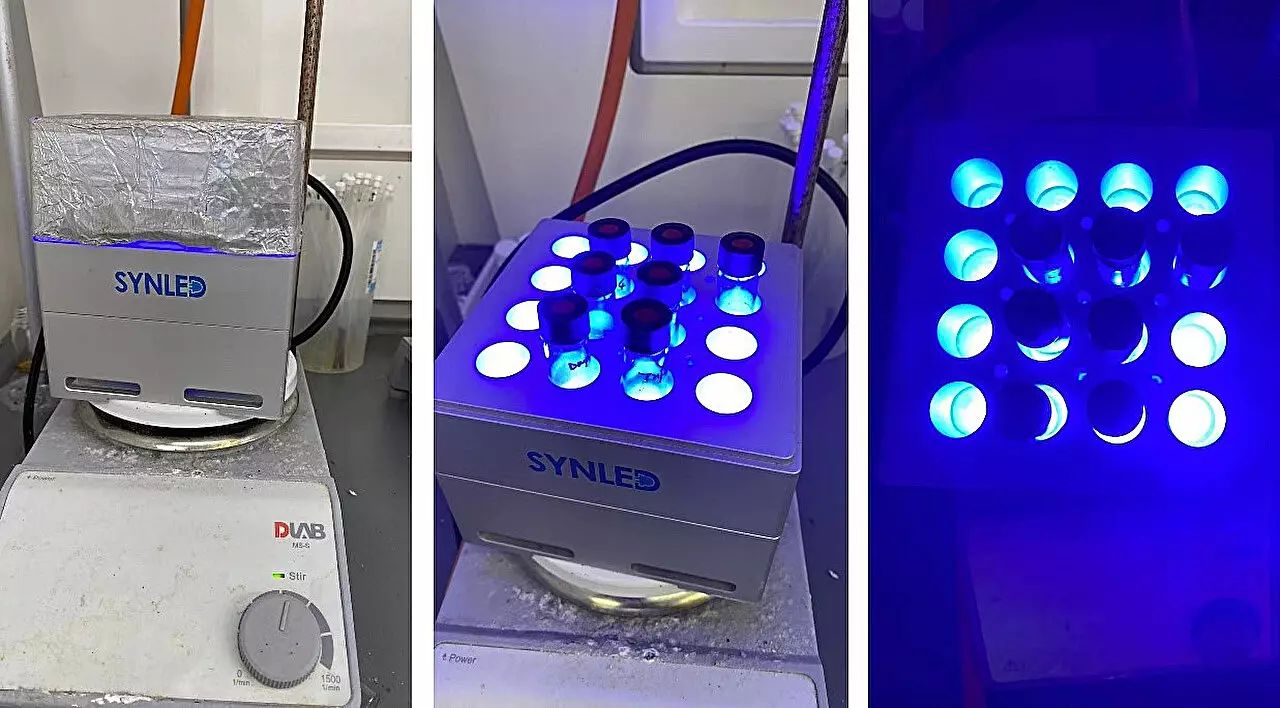Carbohydrates play crucial roles in biological processes, serving not only as energy sources but also as key participants in cellular communication and structural integrity. However, the synthesis of carbohydrates and their derivatives has long posed significant challenges for chemists, primarily due to the complex nature of glycosylation reactions. Traditional synthesis methods often necessitate cumbersome protecting-group strategies and harsh reagents, leading to excessive waste and limiting the practical application of these methods in biocompatible environments.
Researchers from the National University of Singapore have embarked on a groundbreaking approach to revolutionizing this arduous process. By mimicking natural enzymatic pathways, this innovative research promises to streamline carbohydrate synthesis and enhance post-translational modifications in proteins, a critical area for advancements in pharmaceuticals, cosmetics, and biotechnology.
Innovation Inspired by Nature
In the pursuit of efficient carbohydrate synthesis, the researchers have developed a novel biomimetic ‘cap and glycosylate’ technique spearheaded by Associate Professor Koh Ming Joo, in collaboration with established researchers from respected institutions. This cutting-edge approach seeks inspiration from nature itself, specifically tailored to harness the efficiency of glycosyltransferases. By selectively activating the anomeric hydroxyl group in native sugars and capping it with a nucleophilic thiol, the research team effectively creates a temporary thioglycoside intermediate. The subsequent use of photoinduced conditions allows for a stereocontrolled process that converts these intermediates into various glycosides in a single step.
The advantages of synthesizing C-glycosyl compounds are substantial. These stable structures not only exhibit enhanced biological activities but also mimic the properties of O-glycosides effectively. The study illustrates the team’s ability to synthesize a diverse array of functionalized glycosides, including S-glycosyl, Se-glycosyl, and O-glycosyl variants, underscoring the method’s versatility.
Pioneering Advances in Glycosylation
One of the most compelling aspects of the research is its applicability to complex biomolecules. Historically, the incorporation of glycosyl groups into proteins—a process known as post-translational glycosylation—has remained a technical hurdle, often leading to inefficient or ineffective methods. However, through their innovative capping strategy, the researchers successfully accomplished C-glycosylation of various proteins of differing sizes and structural folds. The implications of this achievement extend far beyond mere academic interest; they highlight a promising avenue for enhancing protein function and advancing therapeutic applications.
As Professor Benjamin G. Davis articulated, the use of carbon-centered radicals presents an exciting opportunity in the world of biochemical sciences. These radicals, known for their reactivity yet benign nature, serve as reactive intermediates—propelling new chemical transformations in biological systems. By effectively tapping into native sugars to derive free glycosyl radicals directly, this research not only simplifies chemical pathways but also resembles the processes occurring in living organisms.
A Game-Changer for the Biotechnology Sector
The profound implications of this ‘cap and glycosylate’ technology promise to reshape the landscape of glycochemistry. By eliminating the necessity for protecting groups, this method minimizes waste, reduces costs, and accelerates the synthesis process. These advancements empower researchers to rapidly access complex saccharides, thus facilitating a practical platform for the introduction of unprotected glycosyl groups into biological systems.
This paradigm shift is particularly relevant in an era where efficiency and sustainability are paramount in research. As the scientific community seeks to develop sugar-based therapeutics with enhanced efficacy, the practical and innovative solutions provided by this technology could open new pathways for drug development, skincare products, and other applications in biotechnology.
The team’s work stands as a testament to the potential of interdisciplinary collaboration and the power of biomimicry in scientific inquiry. By drawing insights from nature and employing them in laboratory settings, the researchers not only advance our understanding of glycosylations but also pave the way for innovations that could transform everyday practices in pharmaceutical and cosmetic industries.
In a world that continuously strives for efficiency and sustainability, the transformative potential of this biomimetic approach cannot be overstated. As researchers refine and implement such innovative methods, the future of carbohydrate chemistry looks brighter than ever, promising substantial advancements in human health and well-being.

